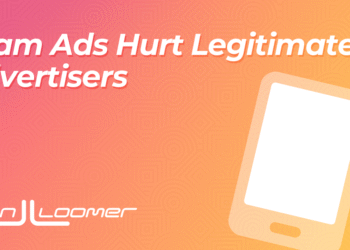Claim: “Meta needs lookalikes to define my ideal customer.”
This is a myth. Here’s why…
History Lesson
First, a bit of history behind this feature. Remember that Meta introduced lookalike audiences in 2013. Yeah, 12 years ago.
Back then, this was a huge deal. In 2012, you had to define your ideal customer using a combination of interests and behaviors. That was a pain. Lookalike audiences automated that process, finding others who were like to your customers.
Algorithmic Targeting
But things are different now. A similar process happens with algorithmic targeting these days. Meta works with mounds of data and countless real-time signals to find an audience for your ad.
It’s also based on things like your pixel activity, conversion history, and prior engagement with your ads. In other words, all of the things you’re trying to accomplish with lookalike audiences.
It would be strange to trust the lookalike audience, but not the algorithmic targeting that works in many of the same ways. But that’s not the only issue here.
Audience Suggestions
Possibly the biggest problem is that lookalikes are only seen as suggestions when optimizing for conversions.
You’re providing a suggestion of more than a million people, in many cases, that Meta can blow past. The algorithm is going to reach the people it wants to reach.
Exceptions?
Unless you’re dealing with a completely new account where pixel, conversion, and engagement data doesn’t exist, it’s unlikely Meta needs this information. And if you use lookalikes, they probably aren’t doing anything.
It doesn’t hurt to use lookalike audiences, but don’t obsess over them. Spend more time on what actually matters to reach your ideal audience. Read my recent bog post on this to learn why.
















